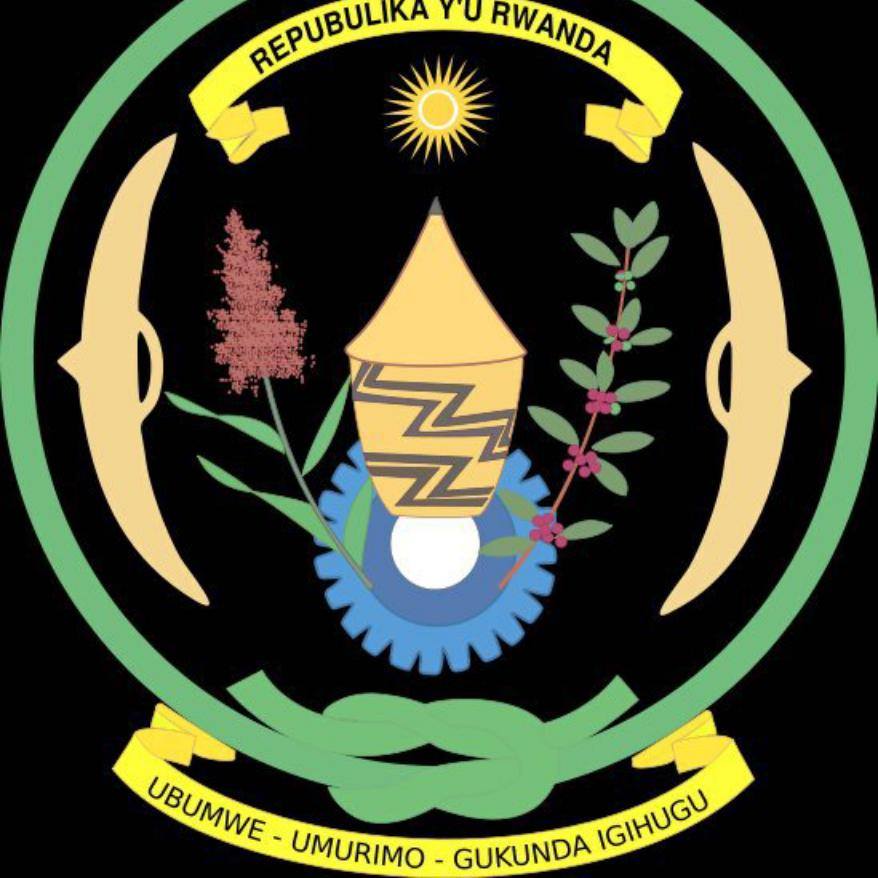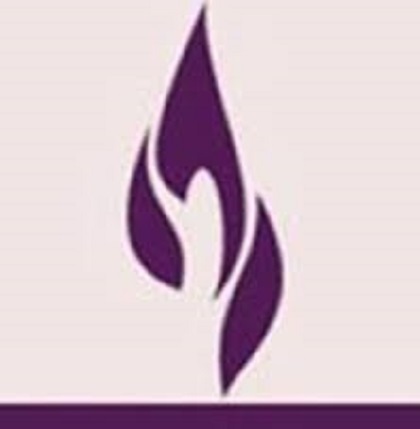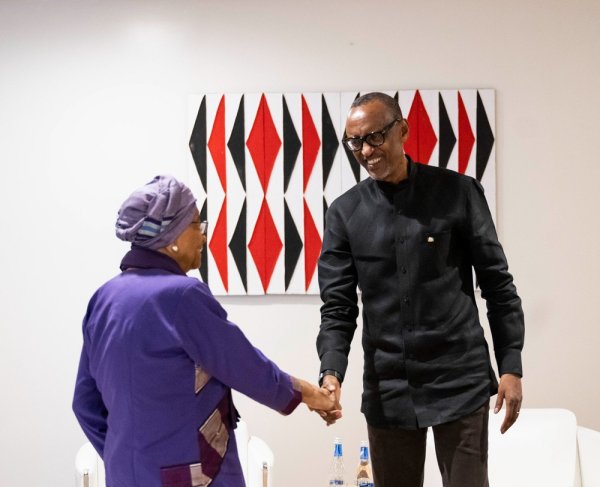 Contrary to two killer lakes (lakes Monoon and Nyos which respectively erupted in 1984 and 1986), Lake Kivu has a maximum gas saturation of 55%.
Contrary to two killer lakes (lakes Monoon and Nyos which respectively erupted in 1984 and 1986), Lake Kivu has a maximum gas saturation of 55%.
The water pressure is therefore around 2 times higher than the partial pressure of the gases.
For the cases of Lake Monoon and Nyos the unfortunate eruptions occurred because the carbon dioxide (CO2) concentrations in the lake were near 100% saturation.
To trigger an eruption in Lake Kivu, water from 320 m would have to rise by 150 m, before gas bubbles start forming spontaneously.
For the next decades, the 2 million inhabitants of Lake Kivu shores can be sure that gas eruption is unlikely to occur! Even if the methane is still increasing today, methane extraction from the lake will mitigate this risk.
Methane exploitation in Lake Kivu is therefore a double-win opportunity; it will both supply energy and reduce the risk of gas eruption.
Through the Ministry of Infrastructure (MININFRA), the Government of Rwanda is coordinating removal of methane from Kivu to reduce even its partial pressure, so that the dangerous situation of 100% gas saturation never ends up happening.
Depending on the efficiency of the process, the methane extraction could produce as much as 700 Megawatt during 40 years. Then, the exploitation will be reduced to the annual natural recharge of methane in the lake, transforming it into a veritable renewable source of energy.
Since October 2008, methane has been extracted by the KP pilot station generating 1.5-2MW. One more pilot station of 25 MW by Kivu Watt is under construction and is due to expand with 75MW more in its Phase 2.
Concessions for a total of 150 MW have already been signed between the Government of Rwanda and the two above companies. The DRC and Rwanda are also starting a project for a common exploitation of 200 MW.
To assure a safe and environmental friendly exploitation, the Lake Kivu Monitoring Program has been set up under the Ministry of Infrastructure.
The team is monitoring the potential impact associated with methane gas extraction and the effect on the lake ecosystem due, among others, to an increase of the nutrients inputs.
To make sure that extraction of methane is done in a safe and sustainable way, international experts elaborated rules and guidelines for the extraction in the document “Management Prescriptions for the Development of the Lake Kivu Gas Resource” released in Mai 2009.
To enforce these prescriptions and to conjointly manage the methane resource, a bilateral cooperation to monitor Kivu stability has been initiated by the two countries (Rwanda and DRC).
An international workshop was held in Gisenyi from 7 to 10 February 2011 to further discuss the challenges of the methane extraction with all stakeholders: gas operators, experts, researchers, investors, donors, governments and local partner institutions.
The methane in Lake Kivu is not a retarding bomb, as expressed too many times in the media. First, the gases are efficiently trapped below the depth of 250 m and their concentrations are currently too low to produce an eruption.
Second, the methane extraction is currently removing the dangerous gas and will therefore deactivate the “retarding bomb”. At the same, the extracted methane is generating electricity.
Methane extraction in Lake Kivu is therefore a real double-win solution!
Lake Kivu is a large tropical lake situated in the Great African Rift Valley between the Republic of Rwanda and the Democratic Republic of Congo.
This large lake has a surface of 2370 km2, a volume of 560 km3 and a maximum depth of 485 m. The lake contains an enormous quantity of dissolved methane (around 60 billion of m3) and CO2 (around 300 billion of m3).
MININFRA
http://www.newtimes.co.rw/index.php?issue=14563&advertorial&id=158
Posted by rwandaises.com




